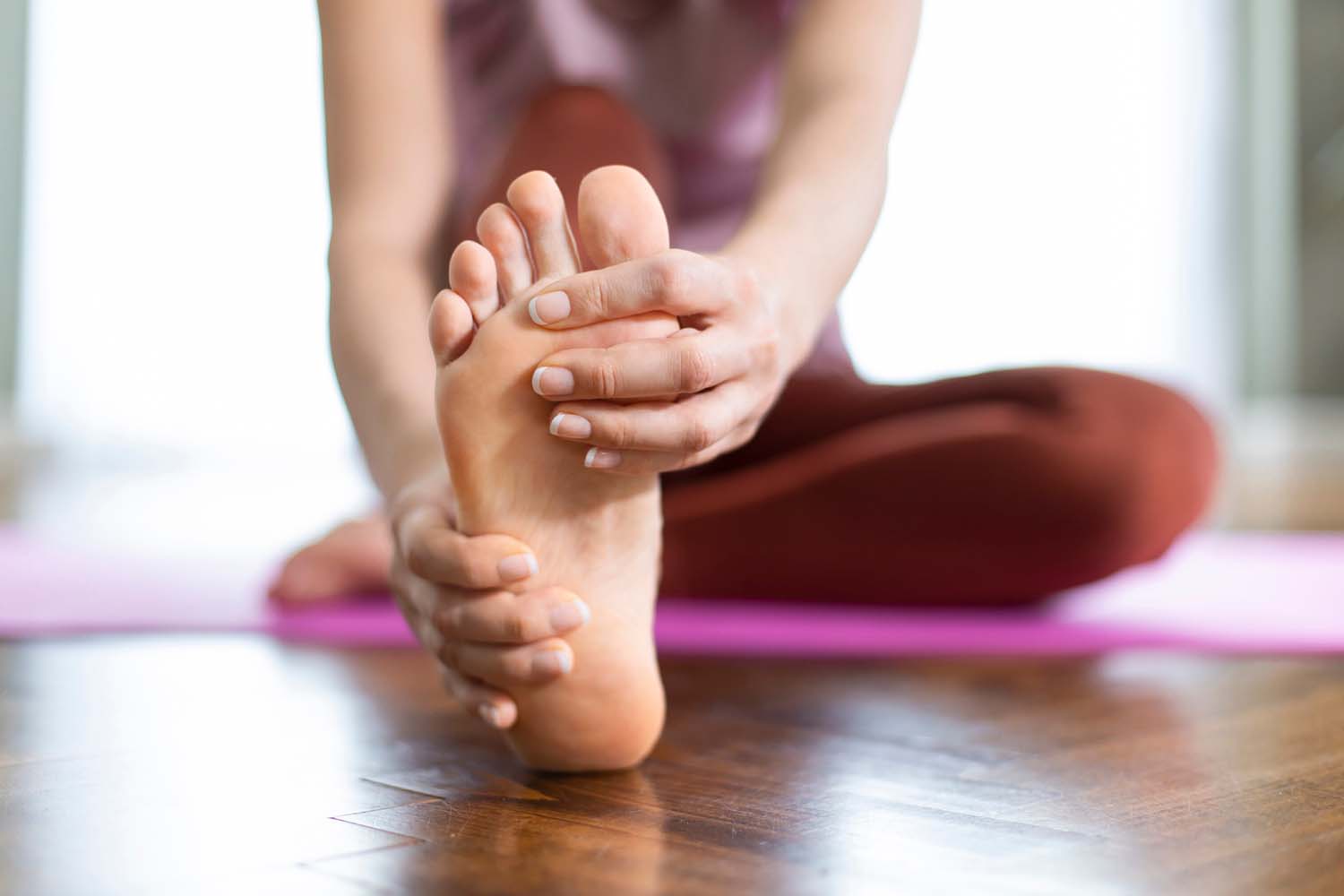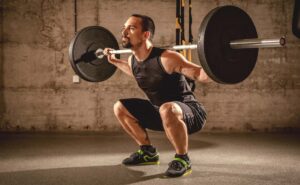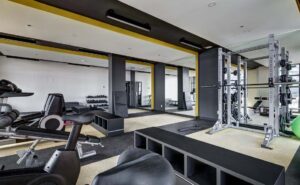
What is mobility?
Mobility for athletes or individuals who would like to improve their wellbeing is a critical aspect of both performance enhancement and injury prevention. It refers to the ability of an athlete to move their joints through a full range of motion (ROM) effectively and efficiently during their sports activities.
Which sport benefits from foot and ankle mobility exercises?
Foot and ankle mobility exercises are beneficial for a wide range of sports, as these areas are crucial for balance, agility, and overall performance. Here are some sports that particularly benefit from such exercises:
Running and Track & Field: Enhancing foot and ankle mobility can improve stride efficiency and reduce the risk of injuries such as sprains and stress fractures.
Soccer: Given the need for quick changes of direction, balance, and the ability to kick effectively, soccer players greatly benefit from increased foot and ankle mobility.
Basketball: Agility, jumping, and quick directional changes are fundamental in basketball, making foot and ankle mobility crucial for performance and injury prevention.
Gymnastics: Gymnasts require exceptional foot and ankle flexibility and strength to perform jumps, flips, and balance on the beam.
Dance and Ballet: The ability to point the feet, leap, and maintain balance on the toes necessitates excellent foot and ankle mobility.
Martial Arts: High kicks, pivots, and stances in martial arts require flexible and strong ankles and feet.
Rock Climbing: Climbers need to use their feet precisely and flexibly to grip holds, often putting a lot of weight on small footholds.
Incorporating foot and ankle mobility exercises into training routines can help athletes in these sports improve their performance, reduce their risk of injury, and enhance their overall physical health.
Foot Strengthening
Foot Arch Balance Drill
Ankle Circles
Big Toe Lifts
Foot Crunches
Toes Stretches
How often to perform foot and ankle mobility exercises
The frequency of performing foot and ankle mobility exercises can vary based on several factors, including your current level of mobility, goals, and whether you’re addressing specific issues like recovery from injury. However, there are general guidelines that can help most people incorporate these exercises effectively into their routines:
For General Fitness and Well-being
- Daily Practice: For general maintenance and improvement of foot and ankle mobility, performing exercises daily can be beneficial. This does not need to be extensive; even 5-10 minutes a day can make a significant difference.
- Light to Moderate Intensity: The exercises should be gentle enough to be performed daily without causing overuse injuries.
For Athletes and Active Individuals
- Pre-Workout Warm-up: Incorporating foot and ankle mobility exercises into your pre-workout warm-up routine can help prepare your body for the physical activity to come. It enhances performance and may reduce the risk of injuries.
- Post-Workout Cool Down: After a workout, including mobility work can aid in recovery by increasing blood flow to the area and reducing stiffness.
- Rest Days: On rest or active recovery days, a more focused and thorough mobility session can help address any tightness or imbalances without the fatigue from intense workouts.
For Injury Recovery
- As Prescribed by a Healthcare Professional: If you’re recovering from an injury, the frequency and type of exercises will be specifically tailored to your situation. Always follow the advice of a healthcare professional in these cases.
General Tips
- Consistency Is Key: Regularity is more important than duration. Short, frequent sessions are generally more effective than infrequent, longer sessions.
- Listen to Your Body: If you experience pain (beyond mild discomfort) during or after exercises, reduce the frequency or intensity, and consult a professional if it persists.
Progress Gradually: As your mobility improves, you can gradually increase the intensity and complexity of the exercises.
For most people, starting with daily exercises and adjusting based on how their body responds is a good strategy. Incorporating variety in the exercises can also help target different muscles and prevent boredom.




